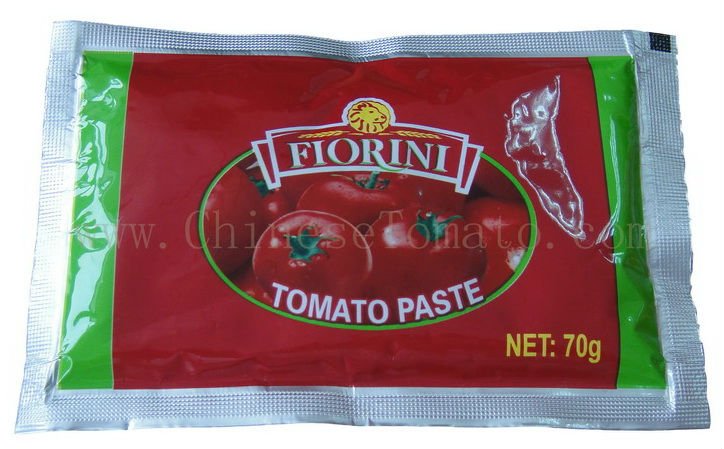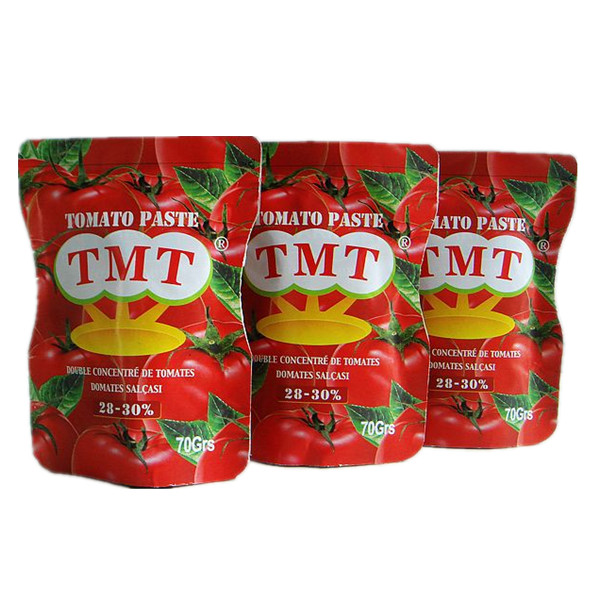Feeding pigs with leaves is also a way to reduce the cost of raising pigs, and processed leaves have higher nutritional value. The leaves that can be used as pig feed include: Eucalyptus, Populus davidiana, sweet poplar, willow, eucalyptus, mulberry, camphor tree, pine needles, apple, pear, hawthorn, apricot, peach, grape, persimmon, Jujube leaves and so on. In addition, banyan tree flowers and poplar flowers can also feed pigs. There are the following five kinds of processing methods: 1, Blister method will be more tender leaves picked and washed with water, on the tank or cement pool, with 80 ~ 100 °C hot water, about 2 to 4 hours after adding water Soaking, plus the amount of water can generally exceed the foliage. When apricot leaves, peach leaves, poplar leaves, and mulberry leaves are soaked, they should be replaced with fresh water several times to remove bitterness. Before sowing, the soaked leaves are chopped into the diet and fed. 2. The dried leaves are dried or dried. After being crushed, they can be mixed into the feed and fed. Such as eucalyptus leaves, mulberry leaves, poplar leaves and some fruit and leaves, etc., when added can be maintained at about 5% to 10%. 3, salt immersion method First wash the leaves, chopped, and then poured into the tank or cement pool, with 5 salt and leaves layered salt leaching. This method of brewing leaves is not perishable, has a fresh scent, and has good palatability. 4. Silage Method Wash and chop the leaves first, then load the silage containers layer by layer. If there is too much water in the leaves, it can be added to the mixed silage with 10% of the amount of leaves, and when the water content is low, it can be modulated by artificial water spray. 5, fermentation method will pick the next leaves or collect the fall of the natural fall leaves, dried and processed into a tree leaf powder. First use proper amount of water to transfer the 2 kg of old dough used in the dough into a thin paste. Add 5 kg of cornmeal and 10 kg of rice bran to mix well, and pour it into a disperse dough by hand. After 24 hours of fermentation, 50 kg of leaf powder and 10 kg of lees are added, and the mixture is fully stirred. Humidity is formed into a group by hand. It is advisable to see the water droplets in the fingers. Then into the cylinder or fermentation tank, with the practical installation, the cylinder full line to help cover, the temperature maintained at 30 ~ 50 °C, 48 hours fermentation can be fed.
We use organic and natural raw material. For Sachet Tomato Paste. there are 50g, 56g, 70g standing sachet and flat sachet for your choice. OEM specification and brand are available. The detailed packagings are as following:
50g*100sachet/ctn, 3500ctn/20'FCL
56g*100sachet/ctn, 3260ctn/20'FCL
70g*50sachet/ctn, 4600ctn/20'FCL
70g*25sachet/box*4box/ctn, 2270ctn/20'FCL
*Related Products:Tomato Sauce pouches,Tomato Paste price ton.


Sachet Tomato Paste
Sachet Tomato Paste,Organic Tomato Paste,Sachet Packaging Tomato Sauce,Double Concentrated Tomato Paste,70g Pouch Tomato Paste,Tomato Sauce Packaging Plastic Bag
Hebei Tomato Industry Co., Ltd. , https://www.hebeitomato.com